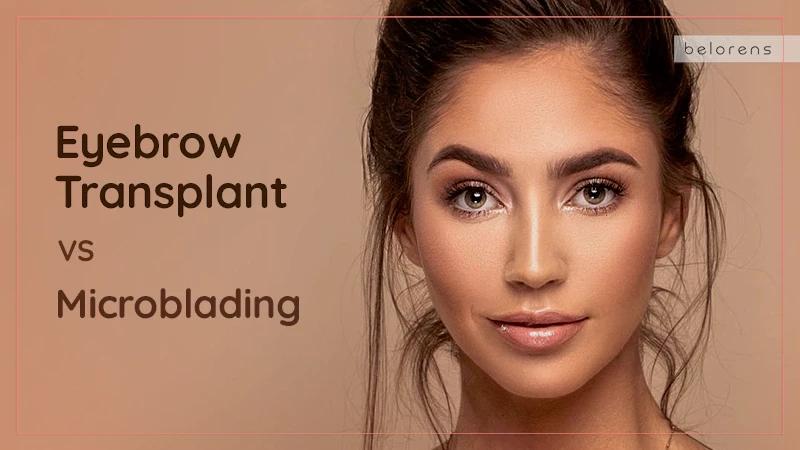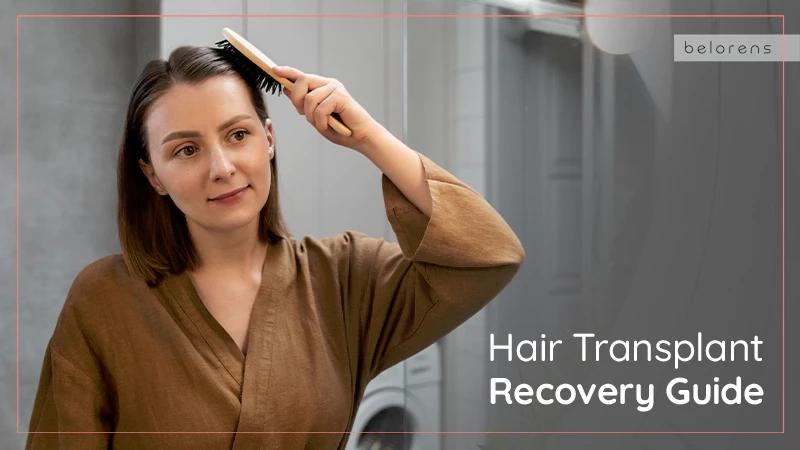Published on 15 Feb 2024 | Last updated on 15 June 2024
When to Get Botox Injections and Dermal Fillers?
- ByMedical Content Team
- Medically Reviewed byDr. Sabine Kulhanek
Fact checked
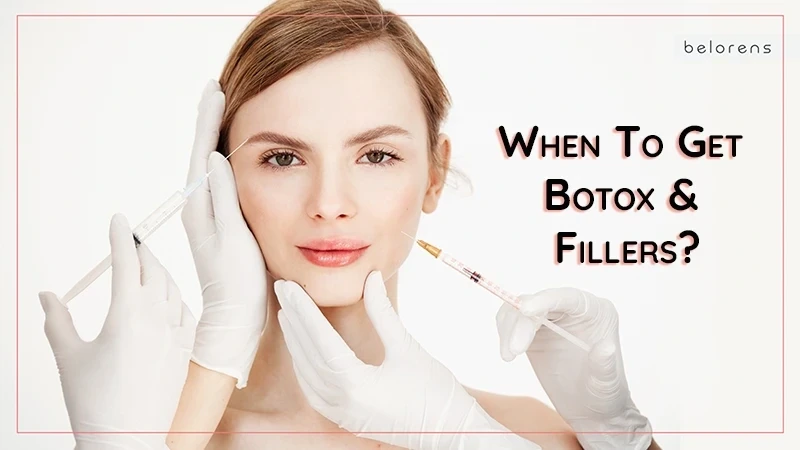
Botox injections and dermal fillers are very popular among people wishing to reduce aging signs and maintain their youthful appearance. While many people believe the sooner you get them the more effective they are, others believe having botox and fillers at an early age is useless and you should wait until your face clearly reveals wrinkles of aging. So let’s see when we can start to take such injections and when is the best age to have each.
Why Do We Need Botox and Fillers?
While wrinkles are considered a sign of aging, they don’t necessarily wait for old age to start showing up. Instead, many people reveal wrinkles in their twenties and thirties. Wrinkles are often caused by excessive sun exposure and facial movements. Every time you make an expression, muscle movements create a groove beneath the skin, and as you age the skin loses its flexibility to spring back, leading to deeper wrinkles. Therefore, the wrinkles may appear at a younger or older age, depending on the skin condition, lifestyle, and how often you’re exposed to the sun and make facial expressions. So you need to take care of your skin at an early age. But does it mean you should start getting injections as well?
When Is the Best Time to Get Botox and Fillers?
There is not a fixed answer for everyone. The best time to have botox injections and dermal fillers is when you feel you need to do it, provided that you’re above 18. Some may feel the need in their twenties and many others in their thirties. It simply depends on the skin condition.
However, if you want to benefit more from the preventative effects of injections you should start getting them earlier, generally in your twenties. Preventative Botox is getting Botox injections at an early age before having any wrinkles to postpone and limit crease formation as it reduces certain facial muscles’ movements.
Now let’s review what it’s like to have Botox and fillers at different ages.
Getting Botox in Your Twenties
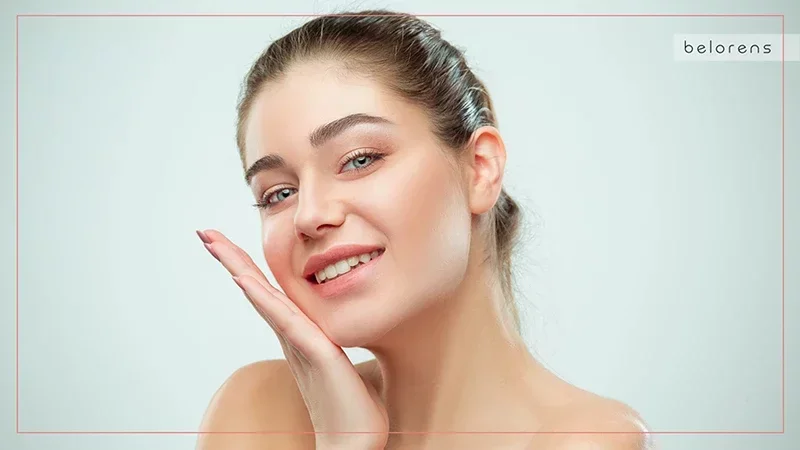
Well, in your twenties you’re most likely glowing with your shiny youthful skin and have got nothing age-related except for a few dynamic wrinkles, maybe.
Dynamic wrinkles are those appearing as you move your muscles to make some facial movements and expressions but they disappear as your face is relaxed. They’re not fixed and you can only see them as you smile and frown.
However, if they tend to show up even when your face is relaxed and you’re not making any expressions or if you start to develop some wrinkles due to sun damage, smoking, or having a stressful and unhealthy lifestyle, you may want to consider getting preventative Botox. There’s no harm in getting Botox injections at a young age, of course as long as you’re above 18, instead it could be quite helpful to limit wrinkle formation if you undergo the procedure by a professional and experienced doctor.
Getting Dermal Fillers in Your Twenties
More and more people are starting to get dermal fillers in their twenties which may seem unnecessary to some others. The truth is when it comes to having dermal fillers at young ages things get a bit different, since fillers could be beneficial both in smoothing wrinkles and adding volume to different parts of the face such as lips or cheeks.
So if you plan to delay the aging signs and smooth your skin, the mid-to-late twenties would be great as this is the time that our body starts to cut in collagen production. You can maintain your young appearance by starting to get fillers at this age.
However, many young people are interested to get filler injections so that they will have fuller lips and cheeks, which is why they start to get fillers even in their early twenties.
Also Read: The Ultimate Guide to Making a Skincare Routine: Tips for Healthy Skin
Getting Botox in Your Thirties
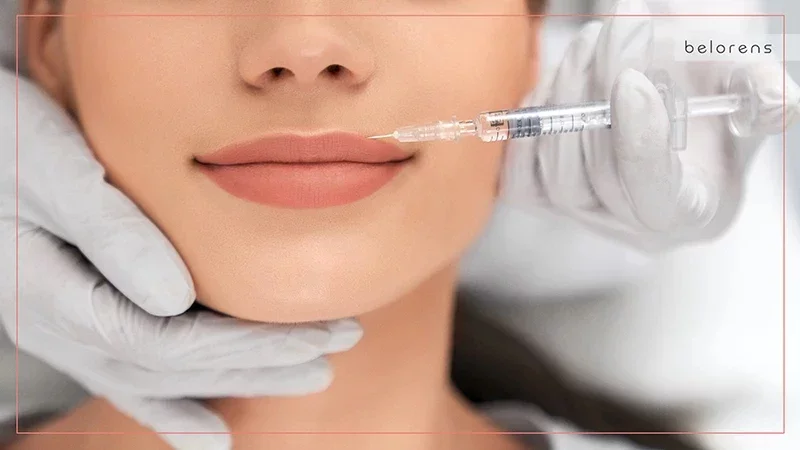
As we mentioned before you start to reduce collagen production from the mid or late twenties to your early thirties. You then start to lose 1% of your collagen per year. So that would be normal to notice some fine lines show up and gradually become more and more noticeable as you age. Crow’s feet, the fine line around the eyes, also appear in the thirties. By your late thirties, you will definitely have some visible wrinkles.
While genetics also plays a role, the process may even go faster in people with a stressful lifestyle, bad eating habits, and poor skin care. Moreover, those who frequently smoke and are more exposed to pollution or the sun without using sunscreens may experience wrinkles at an earlier age. So thirties would be a great age to start getting Botox injections especially if you belong to one of the above-mentioned groups. Botox injections in your thirties can soften the crow’s feet and generally reduce wrinkles. Moreover, it helps prevent muscles from making more and deeper wrinkles when you make facial expressions.
Getting Dermal Fillers in Your Thirties
So remember the best time for getting preventative injections? That was in your twenties. In your thirties, fillers may not be still needed but it’s the best time to get preventative fillers as your skin start to lose its elasticity and also some volume. So your face starts to reveal some fine lines and wrinkles while it may not be as full and glowing as it used to be.
Dermal fillers would do great at slowing down the appearance of aging signs by inducing collagen production and adding more volume to the skin resulting in a fuller smoother face.
Also Read: Excess Skin: How to Deal With It After Surgery or Weight Loss?
Getting Botox in Your Forties
Slow cell regeneration and the significant reduction in skin collagen come with more and deeper lines and creases in the forties which could be easily seen even when the face is relaxed and you’re not making any facial expressions.
Skin creams won’t do magic at this age, so you would probably need Botox injections to slow down the further development of your wrinkles by limiting muscle movements. If you happen to have dry skin and have been running a stressful life, you’ll probably even need it more.
Getting Dermal Fillers in Your Forties

If you wanna look younger in your forties, getting Botox alone would not be enough. Although it prevents wrinkle formation by relaxing facial muscles but will not make up for the lost volume resulting from aging.
This is why fillers could be great in combination with Botox. Not only do fillers help smooth the skin but restore our younger appearance by adding volume to the face and the changes are usually fast and considerable. So at this point, people usually choose fillers over other treatments.
Also Read: Injectable Toxins: Compare Botox, Dysport, and Xeomin
Common Questions About Starting Botox Early: FAQs for Wrinkle Prevention
Q: What percentage of Botox procedures in 2020 were performed on individuals in their 30s?
A: Approximately 18% of Botox procedures were performed on people in their 30s in 2020, according to a report from the American Society of Plastic Surgeons. This suggests that there is a growing interest in using Botox at a younger age.
Q: What is the term used to describe the trend of starting Botox at a younger age?
A: The trend is called "prejuvenation," which refers to the practice of using Botox and other treatments to proactively combat the signs of aging before they become prominent.
Q: How does Botox work to prevent the formation of wrinkles?
A: Botox works by blocking acetylcholine, the chief neurotransmitter responsible for muscle contractions. By limiting muscle movement, Botox can help prevent the formation of wrinkles, particularly dynamic lines that occur when making facial expressions.
Q: What is the difference between dynamic lines and static lines in relation to wrinkles?
A: Dynamic lines are temporary wrinkles that appear when facial muscles contract during expressions like smiling or frowning. Static lines, on the other hand, are visible even when the face is at rest. Botox injections aim to delay the progression of dynamic lines into static lines.
Q: Does Botox prevent wrinkles completely or only delay their appearance?
A: Botox injections delay the settling of dynamic lines into static lines, which means that wrinkles are postponed rather than completely prevented. It's important to note that Botox is not a permanent solution, and its effects typically wear off within three to four months.
Q: What is the current state of long-term studies on the effects of preventative Botox?
A: Long-term studies on the effects of preventative Botox are limited, and most of the evidence supporting its efficacy comes from anecdotal reports. While many dermatologists have observed positive results in their patients, more comprehensive scientific research is needed to understand the long-term effects and potential risks.
Q: What are the potential consequences of pausing Botox treatment after starting it?
A: If Botox treatment is paused or discontinued, the effects gradually wear off, and muscle mobility returns to normal. This means that wrinkles may reappear over time as the natural aging process continues.
Q: What are some alternatives to Botox for reducing the visible effects of aging?
A: While Botox is a popular option, there are alternative approaches to reduce the visible effects of aging. These include using sunscreen daily to protect the skin from harmful UV rays and incorporating retinols or other skincare products that can increase collagen production and improve skin texture.
Q: Why do most individuals in their 20s and 30s have little use for preventative Botox?
A: Most individuals in their 20s and 30s typically have fewer deep, static lines compared to older age groups. As a result, they may not require preventative Botox injections at this stage. However, it's important to consult with a dermatologist who can assess individual needs and provide personalized recommendations.
Q: Who should individuals consult with before deciding to start Botox treatments at a younger age?
A: It is advisable to consult with a qualified dermatologist or plastic surgeon before deciding to start Botox treatments at a younger age. These professionals can evaluate individual factors such as skin condition, desired outcomes, and potential risks to provide informed guidance.
Q: What factors should be taken into consideration when deciding to start Botox treatments at a younger age?
A: When considering Botox treatments at a younger age, several factors should be taken into account. These include personal goals and expectations, cost considerations, potential alternatives, and professional advice from a dermatologist or plastic surgeon. Each individual's circumstances and preferences should be carefully considered before making a decision.
Summary
So while depending on different conditions, the best age for filler and Botox injection may vary, let’s go through some quick facts one more time to see what works best for us:
- The only age limit for getting dermal fillers and Botox injections is that you must be 18 or above. So you can start getting them as soon as you blow out your 18th birthday candles. But you wouldn’t need them since you’re still young with no lines and wrinkles.
- You can get fillers once you get to 18 if you wish to have fuller lips or cheeks but you wouldn’t need fillers for preventing wrinkles this early.
- The thirties would be the best time for Botox injections and also preventative fillers as you start noticing some fine lines on your face.
- If you’re more concerned about your skin and are a fan of preventative Botox, the twenties are the best time for getting preventative Botox.
- In your forties, you’ll probably need botox to prevent further wrinkles, and also it is a good time for getting fillers to postpone aging signs and compensate for the lost skin volume.
As we learned so far, genetics, lifestyle, and environmental conditions affect how slowly or quickly our skin reveals aging signs. This is why the best time to get Botox or filler for me differs from yours. What’s important is that there’s no harm in getting such injections at an early age as long as you’re in good hands. So make sure you take your time choosing an expert. Consult your doctor to discuss your needs and goals and start getting fillers and Botox if that’s what you need.

